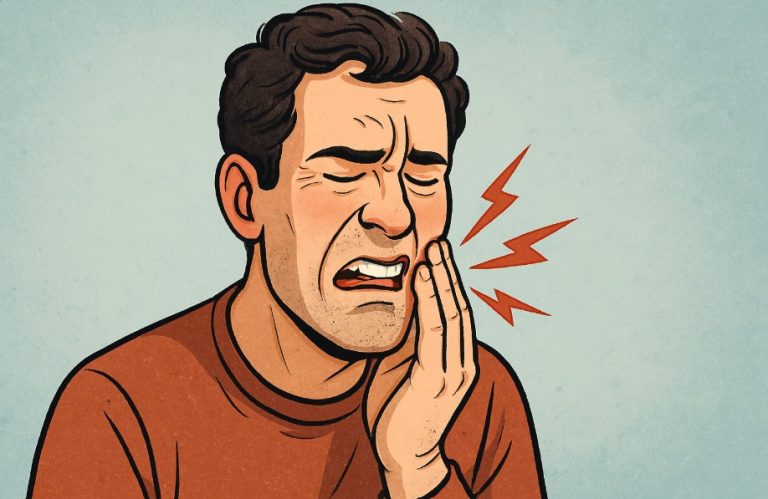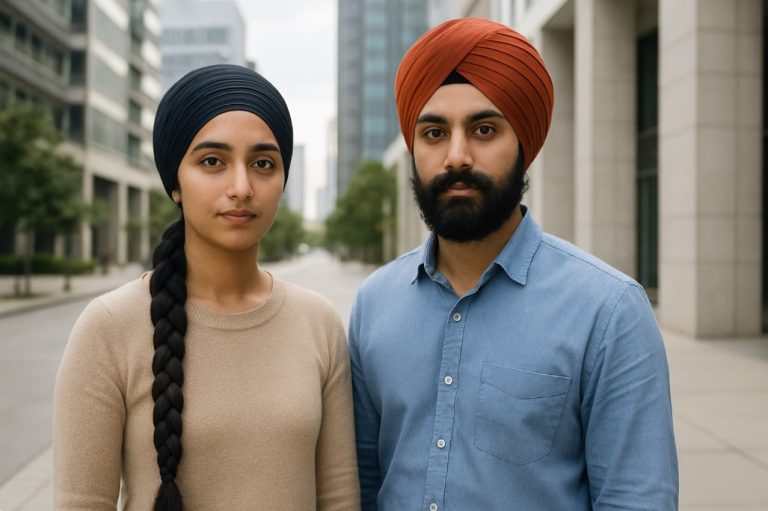Why Has Korean Skincare Become a Global Phenomenon?
Why has Korean skincare transformed from a local beauty tradition into a worldwide standard? The answer lies in its unique combination of innovation, affordability, and cultural influence.
In just a decade, K-beauty has gone from being relatively unknown outside Asia to becoming one of the most sought-after categories in beauty stores across London, Manchester, and beyond.
Part of this global rise is thanks to the Hallyu wave the surge of Korean culture through K-pop, K-dramas, fashion, and food. As fans admired the flawless, glowing complexions of their favourite idols and actors, curiosity about how they achieved such skin quickly spread.
At the same time, beauty influencers and dermatologists began highlighting K-beauty’s gentle yet effective approach, which contrasted with the harsher methods often found in Western skincare.
South Korea is also recognised for its fast-moving innovation. Trends such as sheet masks, BB creams, and cushion compacts all originated in Korea before becoming mainstream worldwide.
Consumers now look to Seoul as the capital of beauty innovation, with products that combine ancient traditions with cutting-edge science.
Why Does Korean Skincare Focus on Prevention Rather Than Cure?
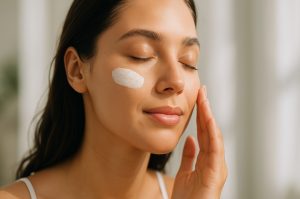
One of the defining features of Korean skincare is its emphasis on prevention instead of treatment.
While many Western skincare routines focus on correcting damage such as treating wrinkles after they appear or using aggressive products for acne K-beauty prioritises preventing these concerns before they become visible.
This philosophy stems from the belief that healthy skin is an investment. By maintaining a well-hydrated and protected complexion from a young age, issues like premature ageing or severe breakouts are far less likely to occur.
Sunscreen is a particularly important part of this culture, with Korean brands offering advanced SPF formulas that are lightweight, elegant, and comfortable to wear daily.
Preventive products often include hydrating toners, antioxidant-rich serums, and barrier-strengthening essences.
For instance, Klairs Supple Preparation Facial Toner is praised for balancing and soothing, while Missha Time Revolution Night Repair Ampoule is formulated to fight environmental stress and encourage overnight repair.
To illustrate, here are some examples of how preventive care is structured in Korean skincare:
| Product Type | Example Product | Function |
| Sunscreen | Etude House Sunprise Mild Airy Finish SPF50+ | Protects against UV ageing and damage |
| Hydrating Toner | Klairs Supple Preparation Facial Toner | Balances pH and preps skin barrier |
| Antioxidant Serum | Missha Time Revolution Night Repair Ampoule | Repairs damage and prevents fine lines |
By focusing on prevention, Korean skincare creates a long-term skin health strategy rather than quick fixes, which explains why so many people report a youthful glow after consistently using these products.
What Is the Truth About the Multi-Step Routine?
The 10-step Korean skincare routine is perhaps the most famous export of K-beauty. However, the reality is more flexible than the marketing suggests.
The concept was popularised by Western media, but most South Koreans do not religiously apply ten products every morning and night. Instead, the approach is about layering products according to your skin’s current needs.
A typical routine might begin with double cleansing, followed by a toner, an essence, a serum, moisturiser, and sunscreen. On some days, additional steps such as sheet masks, exfoliators, or ampoules may be included.
The principle is to apply products from the thinnest consistency to the thickest, ensuring maximum absorption without overloading the skin.
This multi-step philosophy contrasts with Western skincare, where routines are often minimal but heavily dependent on strong active ingredients like retinol or acids. The Korean approach ensures a gentler yet more comprehensive form of care, keeping the skin hydrated and balanced.
Which Ingredients Make Korean Skincare Stand Out?

Korean skincare is renowned for its distinctive ingredients that combine tradition with science. Unlike harsher formulations, these ingredients are chosen for their ability to be effective while remaining suitable for sensitive skin.
Snail mucin, once considered unusual, has now gained global recognition for its regenerative properties. It helps repair damaged skin, fade scars, and improve hydration.
Ginseng, a traditional herbal remedy, boosts vitality and is a powerful anti-ageing ingredient. Meanwhile, fermented rice water and other fermented extracts offer enhanced absorption and antioxidant benefits.
Equally important is the way these ingredients are combined. Korean skincare often layers multiple hydrating elements rather than relying on one concentrated ingredient, creating a synergistic effect. This approach prevents irritation and makes the products accessible to a wider range of skin types.
How Has Technology Pushed K-Beauty Ahead of the Curve?
South Korea’s beauty industry is often described as being a decade ahead of its Western counterparts. This advantage is driven by a demanding domestic market, where consumers are highly knowledgeable and expect constant innovation.
Breakthroughs such as sheet masks, cushion foundations, and essence formulas all originated in South Korea.
More recently, viral techniques such as the seven-skin method applying toner in multiple light layer and ski careusing multipurpose hybrid products, have redefined how people approach skincare.
This innovation also extends to textures and delivery systems. Products are developed to be lightweight, fast-absorbing, and pleasant to use, which encourages consistency and makes routines enjoyable rather than a chore.
Why Is Korean Skincare Considered Affordable Luxury?
Despite being celebrated for high quality, Korean skincare remains relatively affordable compared with many Western brands.
This accessibility is partly due to the competitive nature of the Korean beauty market, where companies must constantly innovate and keep prices reasonable to satisfy knowledgeable consumers.
For UK shoppers, this means being able to purchase products such as COSRX Advanced Snail 96 Mucin Power Essence or Laneige Water Sleeping Mask without the high price tags often attached to Western equivalents.
As a result, K-beauty provides what many describe as luxury results at everyday prices.
Can Korean Skincare Be Adapted to Individual Needs?
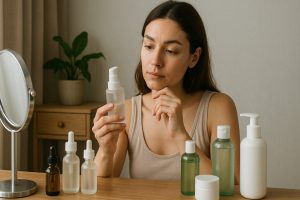
Another reason Korean skincare has gained a loyal global following is its customisable nature. Instead of offering one-size-fits-all solutions, K-beauty provides a vast range of products designed to target specific issues.
For instance, those struggling with acne can choose lightweight formulas with tea tree or centella asiatica, while individuals focused on anti-ageing may turn to ginseng, peptides, or snail mucin.
Dry or dehydrated skin benefits from hyaluronic acid-rich essences, while pigmentation can be addressed with rice water or licorice root extract.
This adaptability ensures that Korean skincare routines can be as simple or as elaborate as needed, catering to each person’s skin journey.
Why Does Packaging Matter in K-Beauty?
It might seem superficial, but packaging is another area where Korean skincare excels. From sleek minimalist designs to playful, colourful bottles, K-beauty products are created to be visually appealing as well as effective.
This attention to detail reflects the broader Korean cultural approach to beauty as something that should be enjoyable, not just functional.
Attractive packaging also makes routines more engaging and helps build positive habits, especially for younger consumers discovering skincare for the first time.
How Has Korean Culture Amplified the Popularity of Skincare?
The rise of K-beauty cannot be separated from the rise of K-culture. With the global popularity of K-dramas and K-pop, fans around the world have become fascinated by the glowing, flawless complexions of their favourite stars.
This cultural influence has significantly boosted the global beauty industry, with consumers eager to replicate the radiant looks they admire on screen.
The integration of skincare into broader Korean culture also means that products are designed with a sense of ritual and self-care, rather than as an afterthought.
In Korea, taking care of the skin is viewed as a way of showing respect for oneself and for others. This cultural emphasis on appearance and wellbeing explains why innovation and dedication remain so strong in the industry.
How Does Korean Skincare Compare With Western Approaches?
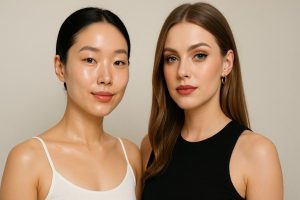
The differences between Korean and Western skincare can be summarised by their overall philosophies.
Korean skincare focuses on hydration, prevention, and barrier protection, while Western skincare often emphasises corrective treatments with strong active ingredients.
Dr Christine Hall, an aesthetics specialist, explains that the skin barrier can be thought of as a brick wall, with cells as the bricks and tissues as the cement.
Korean skincare prioritises keeping this barrier strong by optimising hydration and blocking out environmental stressors.
In contrast, Western routines often push the barrier with potent treatments, which can sometimes lead to irritation if not used carefully.
Another notable difference lies in sunscreen. Korean sunscreens are lightweight, silky, and easy to wear daily, making them a non-negotiable step, whereas many Western sunscreens are still criticised for being heavy or chalky.
What Are the Best Korean Skincare Brands in the UK?
For UK consumers, K-beauty is now more accessible than ever. Trusted brands such as COSRX, Laneige, and Glow Recipe have become household names, while Dr Jart+ and Erborian offer hybrid products that blend Korean innovation with Western trends.
Retailers such as Boots, Cult Beauty, and Space NK now stock these products, meaning British shoppers no longer need to order internationally to enjoy them.
Why Is Korean Skincare Still Worth the Hype in 2025?
Nearly a decade after the first wave of K-beauty hype, some questioned whether it was just another passing trend. Yet in 2025, it continues to thrive.
The industry has evolved, embracing ingredient transparency and adapting to global demands, but the core values remain the same: innovation, prevention, hydration, and accessibility.
With a strong cultural foundation, consumer trust, and consistent innovation, Korean skincare continues to set the standard for the global beauty industry.
For anyone wondering why Korean skincare is so good, the answer lies not only in its products but also in its philosophy a philosophy that combines science, culture, and care to create skin that is not just beautiful, but healthy.
FAQs
Is Korean skincare suitable for sensitive skin?
Yes. Korean formulations tend to avoid harsh chemicals and rely on soothing botanicals, making them ideal for sensitive complexions.
Do Koreans actually follow the 10-step routine daily?
No. The “10-step routine” is largely a Western marketing concept. Most Koreans adapt their routine depending on skin condition and lifestyle.
Are Korean sunscreens more effective than Western versions?
They are often preferred because of their lighter textures and advanced filters, which encourage consistent daily use.
What is the difference between glass skin and dewy skin?
Glass skin refers to smooth, poreless, translucent skin achieved through deep hydration, whereas dewy skin describes a fresh, radiant finish.
Which Korean skincare products are best for beginners?
A hydrating toner, a lightweight essence, and a good sunscreen are excellent starting points.
Are Korean products cruelty-free?
Many are, but practices vary by brand. It is best to check individual company policies and certifications.
How quickly can results be seen with Korean skincare?
Visible results often appear within three to four weeks of consistent use, particularly in terms of hydration and texture.




